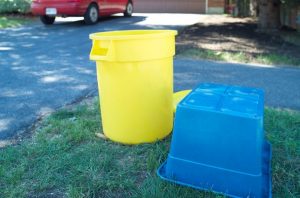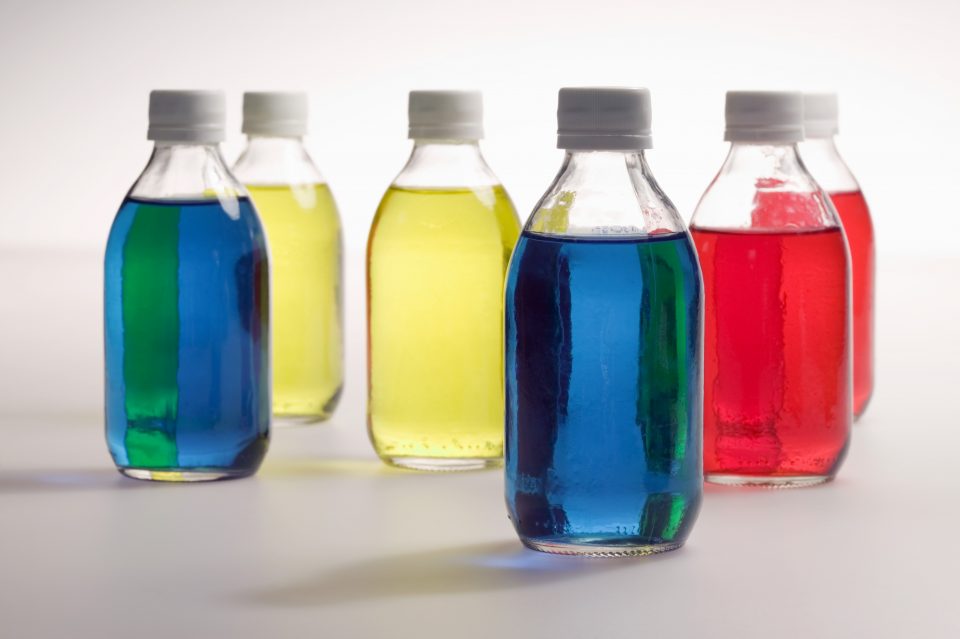Even though relocations consist of numerous connected and separated tasks, packing definitely takes up the most time. It is a tiresome activity, which requires you to organize properly and plan things in advance. You can’t leave it for the last day, because you will not have enough time to finish everything. On the other hand, you also can’t start packing too early, because you will be needing a lot of stuff while you are still at the old address. So there are many things to consider before you get into the adventure of packing. However, some things are even more complicated to pack than others. For example, you need to know how to pack liquids for moving properly in order to avoid making a mess. And we have consulted some of the professional long distance moving companies Iowa has to offer to help you with that.
What to know before you start to pack liquids for moving?
Besides the fact that you have to figure out when is the right time to start packing, there is one more important thing to know before you pack liquids for moving. There are forbidden items that movers will not relocate. Those are dangerous and flammable things. They can put in danger not only your entire household or business belongings but the moving company’s staff, too. So, if you were planning for the long distance movers New Hampshire has provided you with to relocate things like bleach, darkroom chemicals, lighter fluid, pesticides, pool chemicals, propane tanks and similar – you can forget about that.

Have in mind that professional movers won’t move dangerous fluids
So, whether you need to pack liquids for moving for your movers to transfer, or you are planning to move them on your own, you should know what to do. Not to worry, that is precisely the reason for reading this article. However, we still advise you to get rid of as many liquids as possible before your relocation. That will save you time and money for packing, so we really encourage you to do your best to decrease the amount of stuff for moving.
How to get rid of the liquids before moving?
Since you wish to save as much money as possible, the best way to do that is to lower the number of stuff for relocation to a minimum. And how can you do that? These are some of the ways:
- throw out opened bottles,
- spend everything you can before the moving day,
- give someone you know or to charities everything that is useable.
However, you must pay attention to a very important fact. You can’t throw out every fluid anywhere you want. The ones that are forbidden are usually the same ones you shouldn’t put to trash or sewage system. You want to be eco-friendly and take care not to pollute the environment, right? So then you must not throw out or flush the things that can be pollution. Especially chemicals, medication or cleaning products. You must dispose of those items properly, according to rules and regulations. If you are not sure how to dispose of some liquids, you should get in touch with the local waste management department to give you instructions.
Now it’s time to finally pack liquids for moving
Now that you know how to pack the least amount of liquids possible, it’s time to get to work. Of course, just like in packing of other possessions, you have to properly prepare for this and make arrangements. Firstly, make sure to put in your moving checklist everything you might need for this endeavor. That includes different packing materials, such as cardboard and plastic boxes, plastic bags, tapes, and labels.

Use all plastic bins you own for packing fluids
Once you made sure you have everything you need, set aside some time and start packing. Even if you are hiring professional packing services, you will probably end up packing fluids on your own if they are on the list of forbidden stuff for moving. However, that doesn’t mean you shouldn’t use some packing secrets you will get from professionals. On the contrary, we are doing just that by giving you these tips.
Use plastic bins whenever you can
If you have to pack liquids for moving, we advise you to do it with plastic bins rather than cardboard boxes. Why? Firstly, plastic bins are sturdier, so the possibility of something damaging it is smaller than with cardboard boxes. Secondly, if something spills inside, it will stay there. Unlike with cardboard boxes, where, if anything spills, it will make a huge mess. And not to mention that it can also make significant damages to the surrounding boxes in the moving truck. However, the main goal is to prevent the spilling, of course. Therefore, you should make sure to close and secure all the bottles and tanks carefully. You can even apply the tape over the top of each opening.
Fill the boxes to prevent bottles from touching each other
Make sure to fill the boxes with packing paper, newspaper or old rags. When you prevent them from unnecessary touching and hitting each other, you lower the chances of breaking. Also, there is one more reason to line bings with rags and towels. In case anything does break or becomes leaking for some reason, these rags will absorb the fluids. And that will lead to a smaller mess and damages, of course. If you don’t have proper materials to use, contact your local movers. They will provide you with the necessary packing supplies and they will also advise you on the proper amounts of it.

Fill the bins with packing paper or towels to prevent the bottles from touching each other
Use the plastic bags for additional security
If you are moving long distance, we suggest you take this additional step to ensure the safety of your belongings. Place your bottles or containers in plastic bags with a resealable zipper. That way, if something happens to one or more of the items, not all of them in the plastic bin will be affected. Of course, when you pack liquids for moving you should make sure to place the bottles and containers in the upright position. And that goes also for the moving boxes in the truck or the trunk of your car. Don’t forget to properly label the boxes. That way, you will ensure everyone’s attention while handling them and avoid unnecessary spills and damages.




